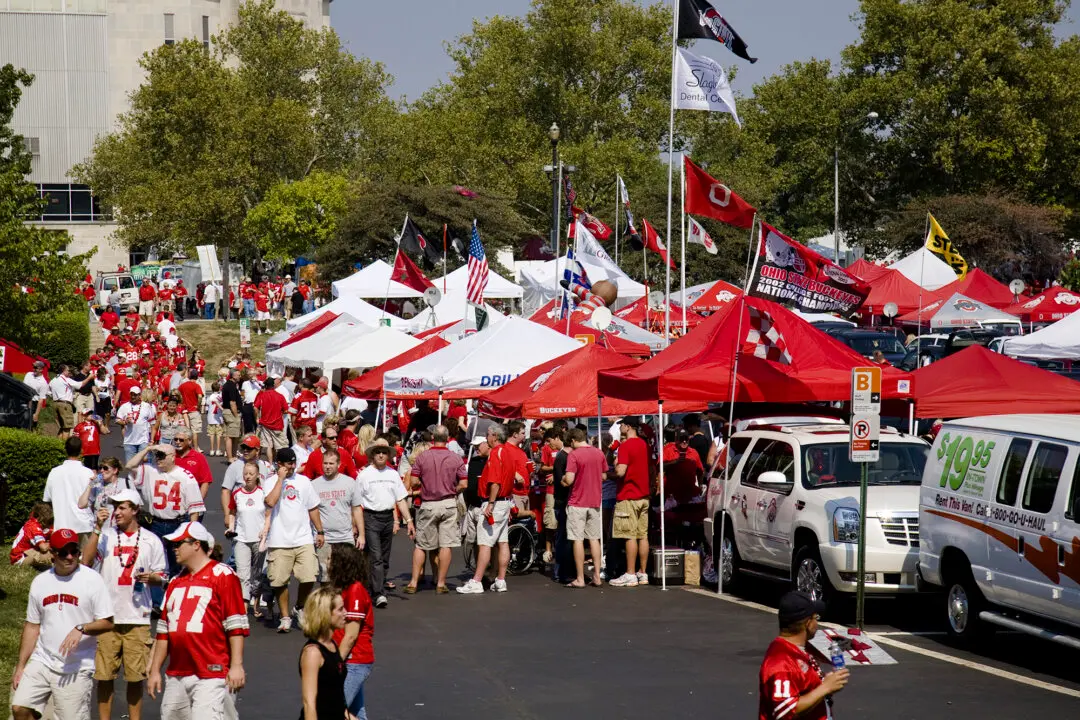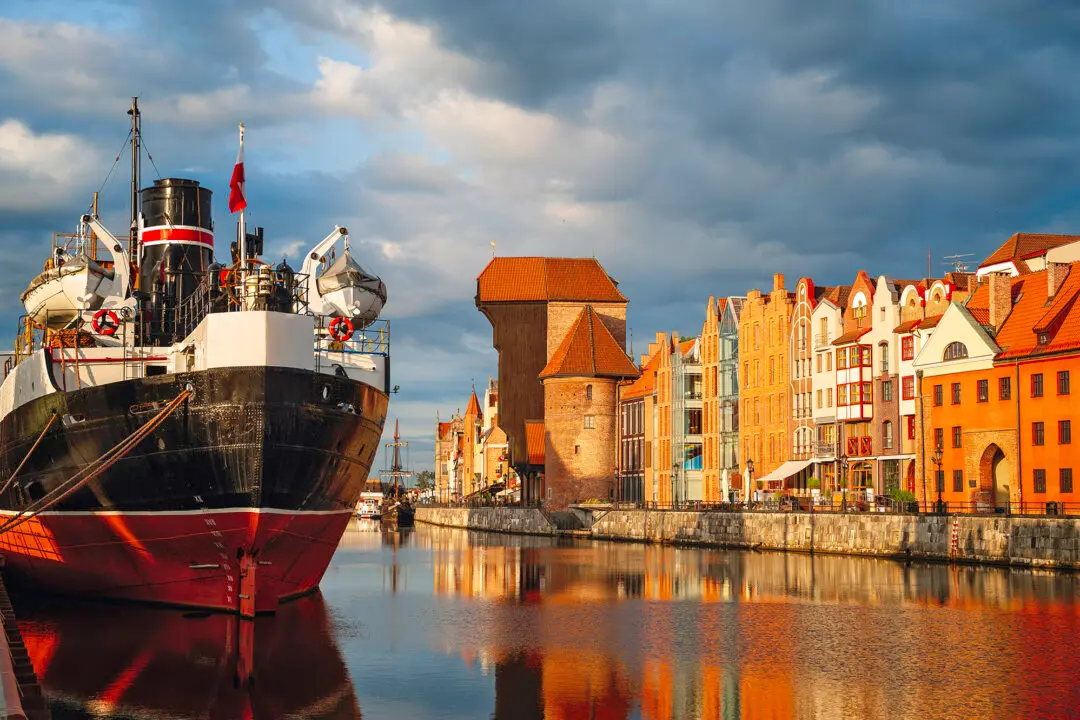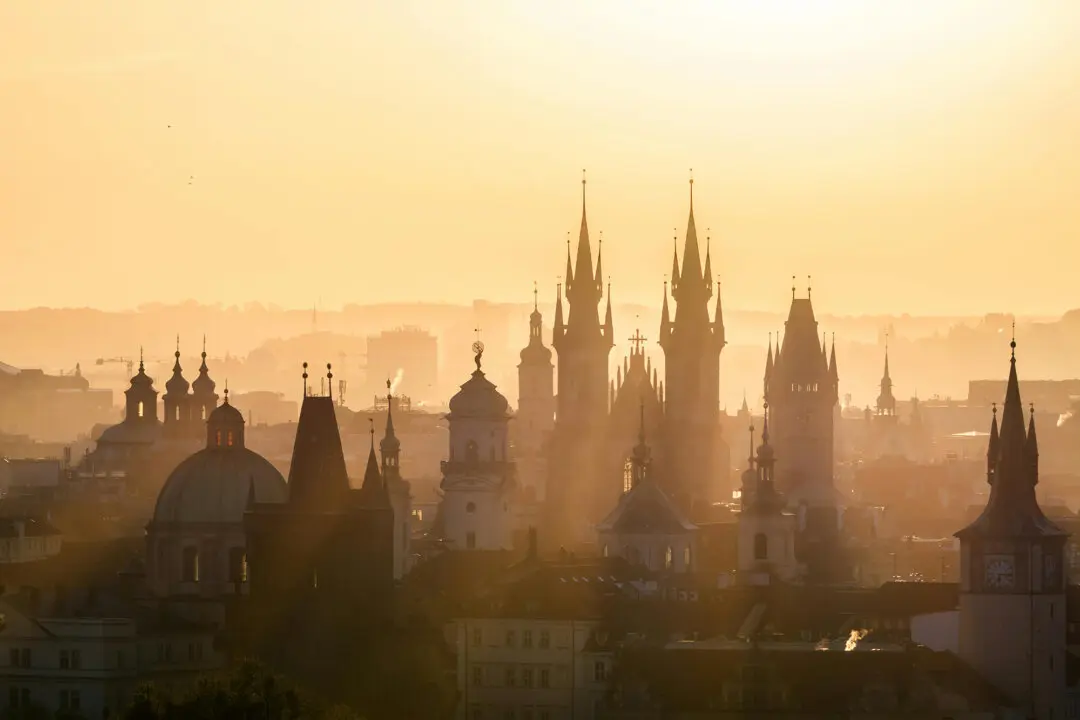When I landed in Barcelona, the whole plan was just a vague idea, a notion, something fluttering in the back of my mind, without an actual framework. Rolling my suitcase and reaching the end of the terminal, I was about to make the turn to the taxi line when, out of the corner of my eye, I spotted them—the rental car counters. Would they have vehicles available? And if so, would the cost be exorbitant, given the current shortages around the world.
Approaching the counter, the friendly agent explained, with a staccato Catalonian accent, that she could make me a deal. And what about crossing the border? No problem, just a small extra fee, sir. How far is it to Andorra? Maybe a little much for a day trip, but you could do it, she smiled.





